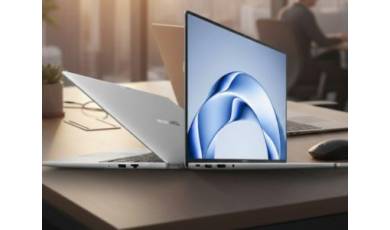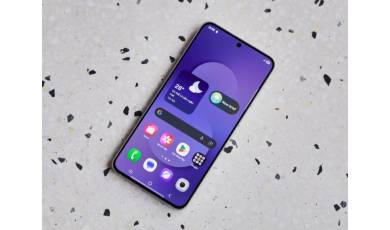PCD 1299 specs.
Mobiles >> PCD >> PCD 1299| Specifications | Reviews | Secret codes |
General characteristics PCD 1299
Type:
Mobile
Battery:
Li-lon 720 mAh
CPU: Central processing unit
Central processing unit
MediaTek MT6268
Dimensions:
110 x 47 x 14 mm
Formfactor:
Bar
Keyboard:
Numeric
Sidekeys:
Volume
Display PCD 1299
Color:
Yes
Colors:
262K
Pixel aspect ratio:
1.0
Screen Resolution: Screen resolution refers to the size of the image received on the screen in pixels
Screen resolution refers to the size of the image received on the screen in pixels
128x160
Display PPI:
114
Screen Size: This diagonal display size is usually measured in inches.
This diagonal display size is usually measured in inches.
1.8
Type:
TFT
Audio:
Polyphonic, MP3, MIDI
Camera:
0.3MP, 640x480
Other:
Digital Zoom, Brightness, Color Effects, Night Mode, shutter sound, Timer, White Balance
Secondcamera:
None
Videocapture:
Yes
Videoplayback:
3GP, H.263
Other functions PCD 1299
Connectors:
USB, 2.5mm Audio
Network:
GSM850, GSM900, GSM1800, GSM1900, UMTS850, UMTS1900, UMTS2100, GPRS Class 12, EDGE, Bluetooth 2.1, EDR, 3G
Features:
Vibrating Alert, Predictive Text Entry, FM Radio, Speakerphone, Music Player, TTY compatible, Video Player
Memory Internal:
64MB ROM, 32MB RAM Random Access Memory
Random Access Memory
Memory Slot:
MicroSD
Comments, Questions and Answers about PCD 1299
Ask a question about PCD 1299






